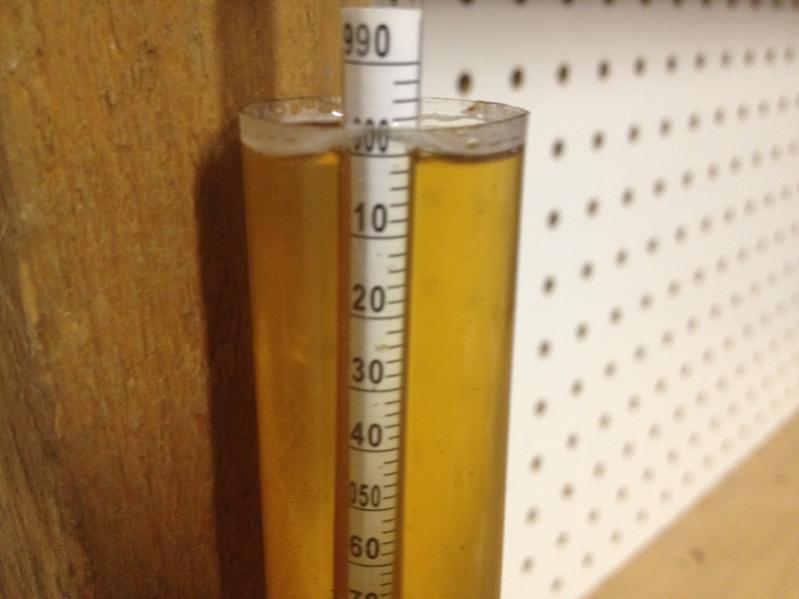grssmnperez
Well-Known Member
- Joined
- May 10, 2012
- Messages
- 147
- Reaction score
- 0
sweetcell said:what is making you thin that the yeast quit? that picture doesn't tell me anything.
have you re-pitched an ale yeast? if you're still only on champagne yeast, you should expect it to quit... per the advice everyone has given you in this thread.
Is it too late to pitch if i go to lhbs in the morning? This is my first experience with a big beer like this so my research prior to brewing has only taken me so far until this point. I dont want to make excuses but i am serving in the military and it has been a nightmare to get out of work in time for my lhbs to still be open.






































![Craft A Brew - Safale S-04 Dry Yeast - Fermentis - English Ale Dry Yeast - For English and American Ales and Hard Apple Ciders - Ingredients for Home Brewing - Beer Making Supplies - [1 Pack]](https://m.media-amazon.com/images/I/41fVGNh6JfL._SL500_.jpg)




























